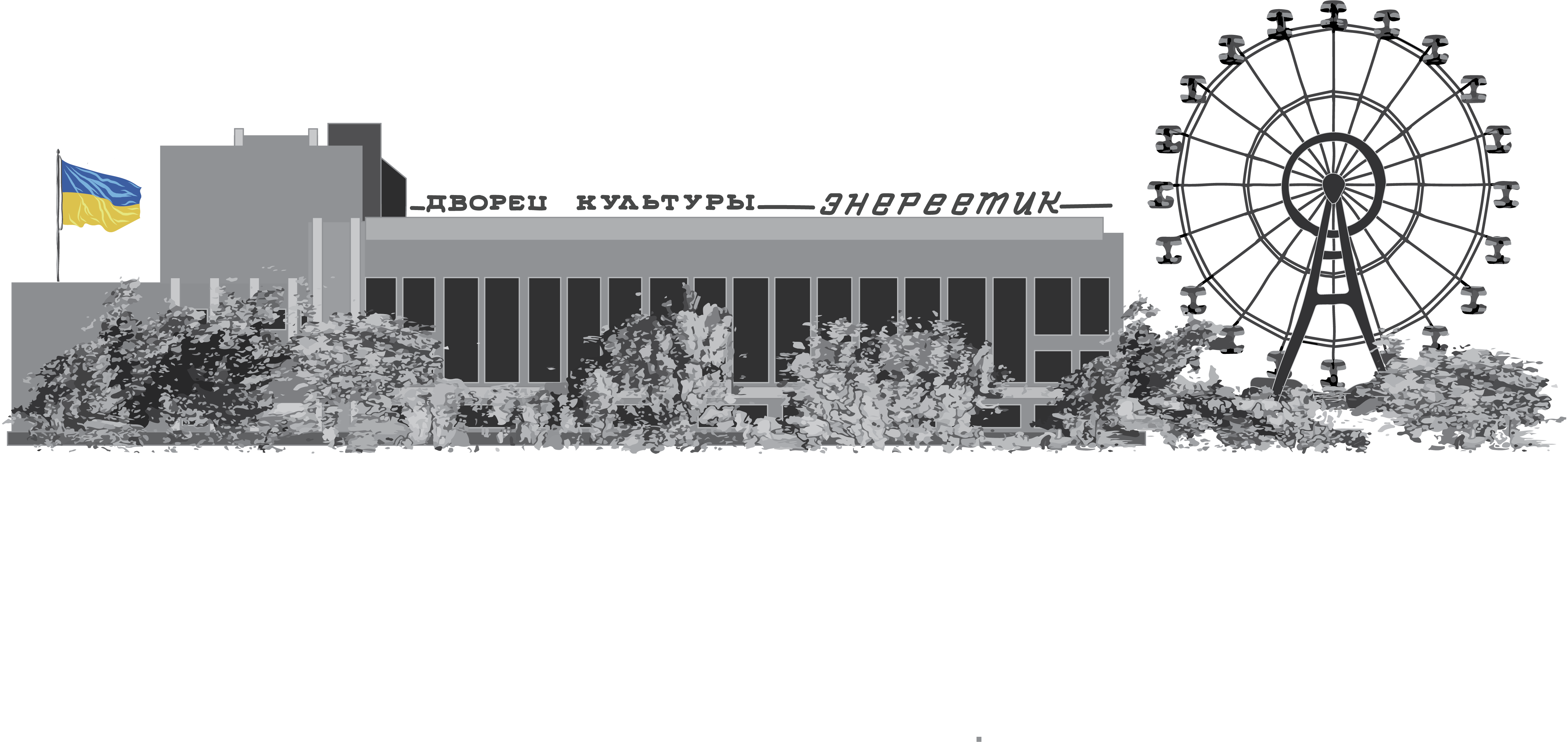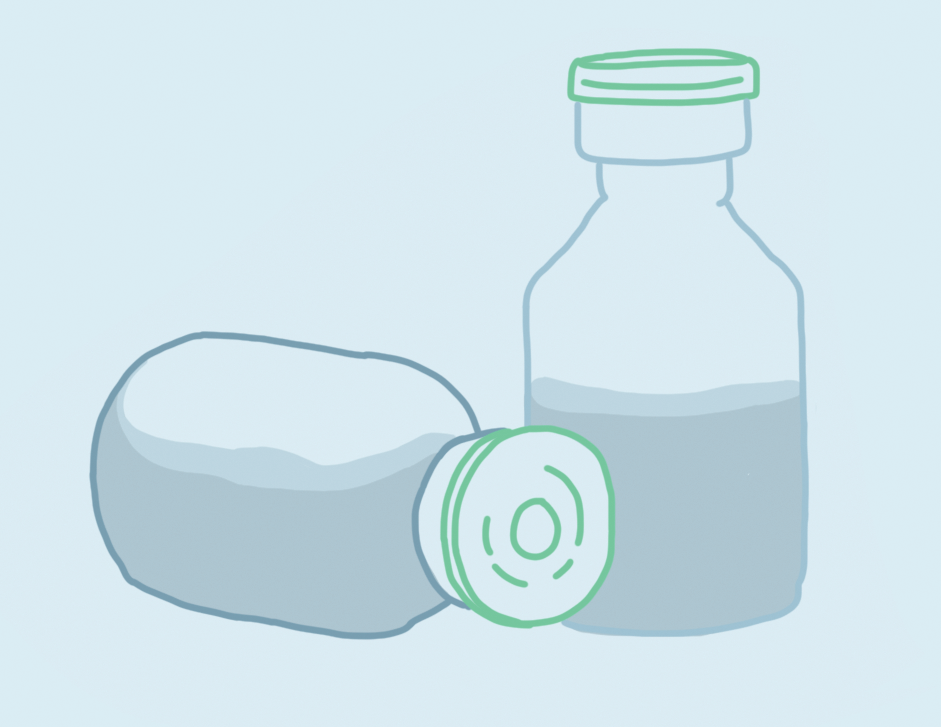The Cal Future Forum: an exploration of research to save a changing world
By QinQin Yu
November 1, 2017

“Change is hard to comprehend, in part because it is slow and we can adapt to it easily,” says Charles Marshall, professor of Paleontology at UC Berkeley.
Marshall was one of sixteen speakers at the first ever Cal Future Forum, held on May 12, 2017 at UC Berkeley. The goal of the day-long forum was to share current research efforts led by UC Berkeley professors and Lawrence Berkeley National Laboratory (LBL) researchers on the most pressing topics for the future of the world, including renewable energy, access to food and water, economic and political challenges, and ecological consequences of human activities. Research on these topics is clearly important for protecting our changing world, but a major challenge is to communicate results to people outside of the immediate research communities from which they originate. If the global community doesn’t recognize this research, the work cannot have its full impact.
The Cal Future Forum was one way to contribute to this important global conversation. Around 150 people from UC Berkeley and the Berkeley community came together to listen to a series of 15-minute TED-like talks throughout the day. Presenters shared their current research efforts to address the growing environmental and social challenges associated with human development. I attended this conference to get an idea of some of these research efforts, and three areas of research stuck out to me as being particularly interesting.
Preserving biodiversity
In his talk, Marshall surprised the audience with a rendering of a dinosaur-sized wombat, called a diprotodon. These large, furry animals are believed to be the largest marsupials that ever lived. They went extinct around 50,000 years ago, and evidence suggests human involvement is the main cause. Understanding extinction events like these, Marshall argued, is essential to understanding how our involvement on Earth is causing change.
While we don’t often have access to the details of ancient extinction events, one way that researchers reconstruct evolutionary processes is by looking at the diversity of present-day species. Rosemary Gillespie, a professor in Environmental Science, Policy, and Management at UC Berkeley, uses a very unexpected group of animals to study how species evolved over time: spiders. While we might normally cringe at these eight-legged creatures, Gillespie and her colleagues use the wide range of different kinds of spiders across the world to study the processes that shaped their evolution. With over 40,000 species, spiders are the most diverse arachnids, which makes them ideal for studying evolution processes. The evolutionary processes can shed light on large historical environmental changes as well as give clues about what environmental changes may trigger their, and other animals’, extinctions in the future. It’s one of the best ways we have to learn about the past and use it to predict—and hopefully avoid—mistakes in the future.
Putting a cap on carbon emissions
Carbon emissions caused by humans are a certain cause of environmental change. Scientists have predicted that these emissions have raised the average global temperature by one degree Celsius, leading to an increased occurrence of extreme weather events and rising global sea levels. However, as we begin to form world- and country-wide plans to address the problem, we first need accurate measurements of our carbon emissions.
Professor Inez Fung of UC Berkeley’s Earth and Planetary Sciences Department leads the orbital carbon observatory, or OCO (which is, appropriately, the chemical formula for carbon dioxide), to do just that. OCO is a planned space-based observatory that will map the amount of carbon dioxide in the air in individual cities. Fung talked of the power of the observatory to predict whether countries over- or underestimate their carbon dioxide emissions, an important step toward enforcing global climate policies such as those laid out in the Paris agreement.
In addition to this quantitative tracking, it's important that the Paris agreement is put into a social context. Max Aufhammer, Professor of International Sustainable Development at UC Berkeley, said to a chuckling audience, “The Paris agreement is like a buddy weight-loss system. People get together to make the goals but nobody actually follows up!” He argued that putting a price on carbon would create a social and economic incentive system to increase awareness of the detrimental effects of carbon dioxide emissions. According to Aufhammer, the Obama administration estimated the social cost of carbon to be $42 per ton. Aufhammer gave us one way to think about this number: “As heat increases due to more CO2 emissions, there will be increased social conflict. In the same way that agriculture contributes 2 percent of our GDP, but 100 percent of the calories that we eat, we need to account for the cost of carbon dioxide emissions.”
A combination of physical science and social science research will be essential to implementing any successful global carbon emission reduction policy, as these two researchers illustrated in their presentations. While slowing carbon emissions is a tough challenge to tackle, we must address it if we want our world to stay beautiful and livable.
Creating renewable energy
We don’t necessarily need to scale down the world’s energy usage to combat climate change and carbon emissions. Instead, researchers are taking on our world’s energy needs by developing novel technologies for renewable energy. “We have 6000 times more sunlight available to us than what we can [currently] use. Fossil fuels are just sunlight from 400 million years ago. Why bother using sunlight from 400 million years ago?” Bill Collins, Professor of Earth and Planetary Science, asked an intrigued audience.
While much work is done on conventional renewable energy technologies such as solar panels and wind turbines, professors in the Chemistry Department and at LBL spoke about their proof-of-concept research on energy creation and storage. Chemistry professor Peidong Yang described “liquid sunlight”, a technology that converts solar energy to high-density chemical energy. High-density energy sources, such as methane, are required for fueling cars and airplanes; we currently do not have a renewable alternative for these energy sources as conventional renewable sources only provide low-density energy. While liquid sunlight is currently far from commercial applications, due partly to its low conversion efficiency (4 to 5 percent), developing it will be an essential step in creating a green alternative to high-density energy.
On the flip side, Ravi Prasher, the Division Director of Energy Storage and Distributed Resources division at LBL, talked about the importance of improving energy storage methods. “We don’t have control over our renewable energy input. There’s a lot of fluctuation [of energy production], so we need to improve energy storage,” he said. He and his team at the Joint Center for Energy Storage Research (JCESAR) at LBL use powerful computers to simulate materials that can be used for more efficient energy storage.
Both Yang and Prasher highlighted the importance of approaching the renewable energy problem from multiple directions, recognizing that we have to think of the whole system surrounding renewable energy if we are going to bring new technologies to market. That means developing new technologies to produce and store the energy, supporting fundamental and applied energy research, and funding start-ups and more traditional research institutions like universities and national labs.
Communicating the research: a call to action
While the audience seemed to hang on each speaker’s every word, the efforts we must make to face these challenges will involve more than just 150 Forum attendees. “How do we get it out to the public so they know that changes are happening? That is the big challenge,” said Gillepsie. She focused on one strategy we might not commonly think of: “Framing the discussion sometimes gets the message across more than what you actually want to say.” This means that the motivation and context we use to explain our messages impact how people respond to them just as much as the actual content of the messages themselves.
One attendee, Weston Starbird, a policy analyst for the San Jose government, will certainly be sharing the results with the rest of his organization. His purpose for attending the forum was to learn about promising technologies to advise his city government on technologies to invest in for the future.
Enjoying the sun
The Forum speakers reminded us that despite the pressure they feel to produce actionable and tangible research results, we should all try to enjoy the beauty of the world as it is now because it will never be the same. Gillespie shared something a colleague told her: “Rosie, we need people like you to go out and collect spiders because they’re not going to be there that much longer.” Just as researchers need to make use of the parts of the world that are available to them right now, we need to take in all that we can of the world before it changes.
Participants were given an opportunity to engage in conversation with others concerned about the world during the breaks and post-event reception. As many of the topics of the forum are interdisciplinary, they sparked conversations between attendees who might not have otherwise have interacted with each other: students with government analysts, engineers with economists, Berkeley residents with professors, and more. It was an excellent opportunity for attendees to not only learn from the speakers, but also to learn from each other and to share ideas that might be useful for others’ work.
Kate Boden, who recently graduated from UCB with a BS in physics, said, “I think this event was overall very positive and allowed us to see the severity of our situation as well as our hard work. I am grateful to see the work of others and to use it to set an example for myself. But we are reminded in the end to take breaks and enjoy the sun.”
Featured image credit: Photograph by Anastasiia Sapon. Used with permission.





